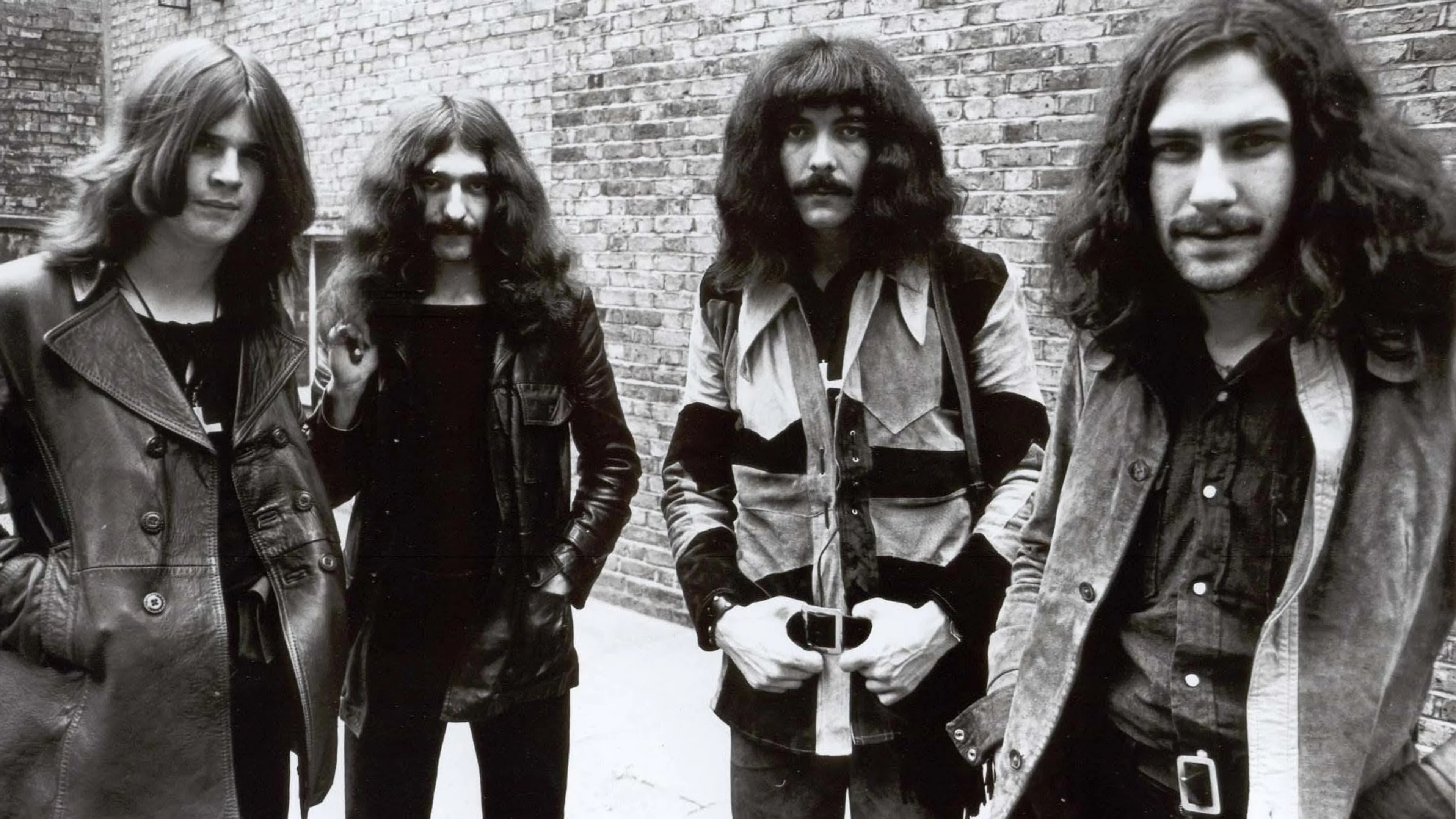Black Sabbath – Evil Woman
Following the success of their self-titled debut, the band returned to London’s Regent Sound studio and Island Studios just four months later to record their second album with producer Rodger Bain once again at the desk. In comparison to their debut, the band really took their time with Paranoid, completing the record in <five> days.
“It was all done so quickly,” Geezer told Ultimate Guitar in 2010. “We started the first album, and the second album was almost all written in one go. We were on the road all the time, so we'd just literally write and stuff at gigs. I think half the Paranoid album was written when we'd written the first album. We didn't really have time to think back then. It was just like, ‘We gotta write this, gotta write that’. As long as the four of us enjoyed what song we came up with, we'd just go in and record it.”
The eight-track album – which featured War Pigs, Paranoid, Planet Caravan, Iron Man, Electric Funeral, Hand Of Doom, instrumental Rat Salad and Fairies Wear Boots – was intended to be called War Pigs. Their label thought differently, thinking it may ruffle feathers in the States, who were still embroiled in the disastrous Vietnam conflict. Paranoid, the label decided, had the potential to be a hit and convinced the band that it would be a good album title, too. But this decision was made after the artwork had been completed by designer and photographer Marcus Keef.
"That album title had nothing to do with the sleeve," Ozzy told Kerrang!’s Phil Alexander in 1998. “What the fuck does a bloke dressed as a pig with a sword in his hand got to do with being paranoid?”
Quite. Paranoid was released in August 1970, a month ahead of the album and went to Number 4 in the UK charts.
“It was originally called The Paranoid,” Geezer told Mojo. “The song was about myself. I was getting really down, and gloomy, and dark - and the doctor said, ‘Go down the pub and have a pint, you’ll be all right.’ I said, I’ve tried that. ‘Well, go and have two pints then.’ So I was really in despair when I wrote those lyrics. They were true feelings. Of course, Ozzy didn’t have a clue what ‘paranoid’ meant.”
The Wizard, a track from their debut, appeared on the B-side. And who was this mystical character wearing “funny clothes, tinkling bell”?
“I was reading Lord of the Rings at the time, and I just based the lyrics on that – Gandalf,” the bassist told Metal Sludge in 2005.
Paranoid topped the UK charts and remained their sole Number One album, until the band released what was to be their last studio album, 13, some 43 years later.
